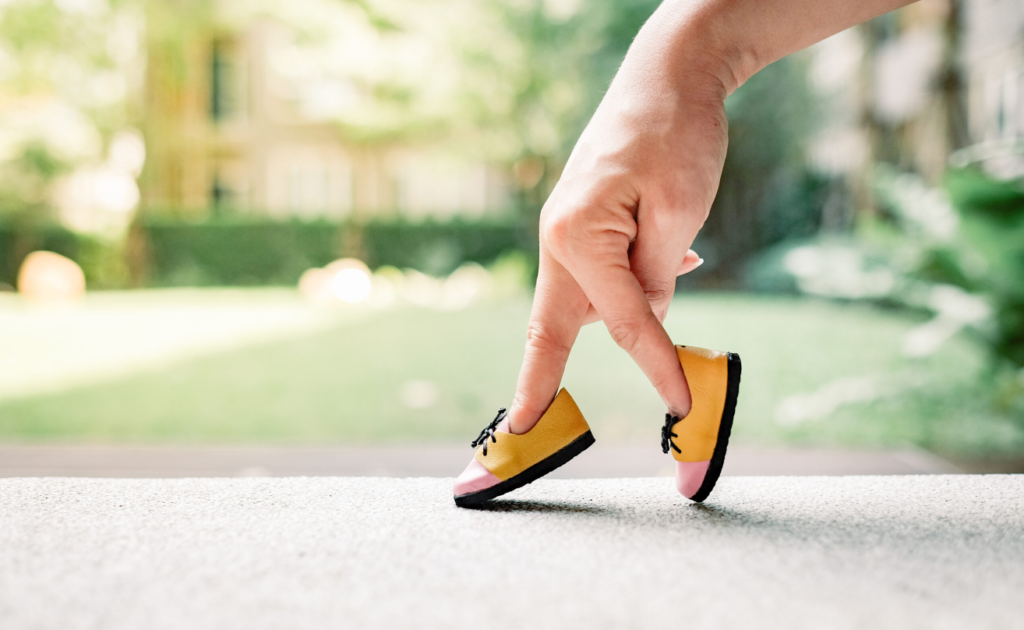Decoding the Language of Movement
Did you know that the way you walk can offer surprising insights into your personality, health, and even your current emotional state?
From your posture to the rhythm of your stride, your gait is a fascinating form of nonverbal communication.
Mastering the art of observation allows you to decipher these subtle cues for a deeper understanding of yourself and others.

The Body Mechanics of Walking
Though seemingly simple, walking is a complex process involving coordination between your muscles, bones, nervous system, and even your inner ear’s sense of balance.
Disruptions to any of these components can subtly change your gait.
Here’s where to focus your attention:
- Posture: Do you walk tall with shoulders back and chin lifted, projecting confidence and good health? Or, does your posture appear slumped, perhaps suggesting fatigue, low mood, or physical discomfort? Slouching can also strain your spine over time, leading to chronic pain and reduced mobility.
- Stride Length and Speed: Long, brisk strides often indicate purposefulness and energy. In contrast, short, shuffling steps can result from physical limitations, pain, caution, or a subdued emotional state. Age naturally shortens our stride length, but consistently slow or labored walking warrants investigation.
- Arm Swing: Do your arms swing naturally by your sides, or are they held stiffly or asymmetrically? Reduced arm swing can be a subtle sign of neurological issues or may indicate emotional guardedness. Research also suggests that a powerful arm swing can boost positive emotions while walking.
- Foot Placement: Toeing in or toeing out, heel striking heavily, or favoring one side can signal underlying musculoskeletal problems, past injuries, or a neurological condition. Chronic foot discomfort can subtly alter your entire gait to avoid pain, leading to compensatory issues over time.

Your Gait Tells a Story: Psychological Clues
Believe it or not, our walks often reflect our inner worlds.
While not a foolproof science, here are some patterns to be aware of:
- The Speed Factor: Studies suggest that a naturally fast walking pace may correlate with higher levels of conscientiousness, a proactive attitude, and openness to new experiences. Conversely, a slower gait may reflect more caution or an introverted personality. However, temporary stressors or social anxiety can also make someone walk slower than their usual baseline.
- Emotional Footprints: Researchers have linked a heavy, sluggish gait with sadness or low mood. Aches and pains aside, a spring in your step hints at positive emotions and greater energy levels.
- The Power Stance Connection: That confident walk with head held high and an expansive stride? It’s more than just making an impression – it may also temporarily boost your own feelings of power and assertiveness.
Health Warnings Your Walk May Whisper
Medical professionals are trained to spot subtle gait irregularities that could signal underlying conditions.
While self-diagnosis is never advisable, increased awareness of these possibilities can help prompt you to seek proper evaluation:
- The Neurological Shuffle: A slow, shuffling gait with reduced stride length and foot lift is seen in disorders like Parkinson’s disease. Changes in gait might be an early warning sign.
- Joint Pain Broadcast: Limping, favoring one leg, or altered stride to minimize weight-bearing can indicate osteoarthritis, injury, or inflammatory conditions.
- The Importance of Symmetry: Noticeable asymmetry in your walk – uneven stride, unequal arm swing, or veering to one side – warrants further examination. This could stem from an acute injury, a misaligned spine, or even an early sign of neurological decline.

Did You Know? Fun Facts About Walking
- It’s a Learned Skill: Babies don’t just magically start walking – it takes practice! This explains why any disruption to our complex neuromotor system can affect our gait.
- The Brain Boost: Regular brisk walks increase blood flow to the brain, enhancing memory, creative thinking, and problem-solving skills. Consider walking meetings for a mental edge!
- Mood Medicine: Physical activity releases endorphins, and walking is one of the most accessible ways to reap these benefits. Studies link it to reduced anxiety, improved mood, and even long-term support for those with depression.
- Ancient Footprints: Examining fossilized footprints of our ancestors offers clues about how the evolution of upright walking shaped our bodies and influenced our history.
Using This Knowledge Wisely
Understanding the language of gait has benefits for yourself and your interactions:
- Self-Awareness: Pay attention to your own walk. Notice changes tied to stress, mood shifts, or physical tiredness.
- Connection with Others: Observe not just what people say, but how they carry themselves. Understanding nonverbal cues can deepen your empathy and communication skills.
- When to Seek Help: If you observe sudden, persistent, or unexplained changes in your gait, don’t hesitate to consult a doctor.

The Takeaway
Your gait is far more than just getting from point A to point B.
It’s a dynamic reflection of your physical health, inner emotional landscape, and even your unique personality traits. By paying closer attention to the nuances of how you and others move, you gain a valuable tool for self-understanding and deeper connection.
Remember, our bodies and minds are intricately linked.
Posture, stride, and the rhythm of your walk offer an ongoing broadcast of subtle information.
Whether it’s noticing how stress manifests in your posture, recognizing a loved one’s low mood via their gait, or becoming aware of your own physical limitations, this knowledge fosters a more mindful approach to your well-being and your relationships.
The next time you lace up your shoes, take a moment to consider the story your steps are telling. It might just reveal something new about yourself or the world around you.

